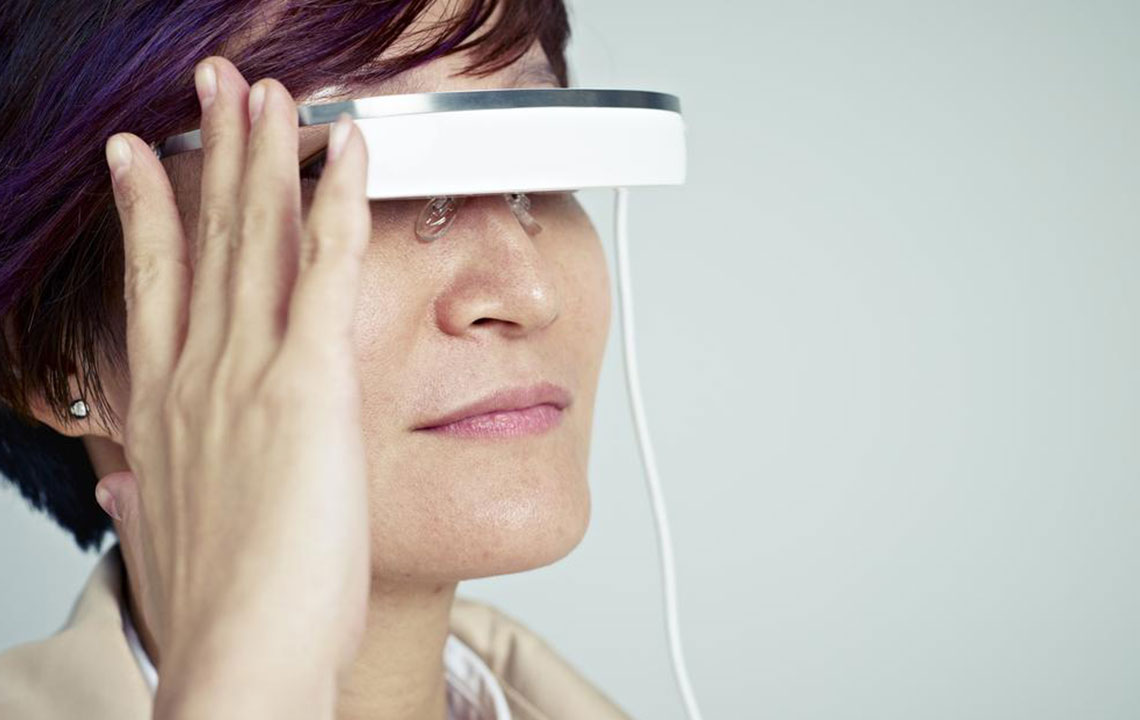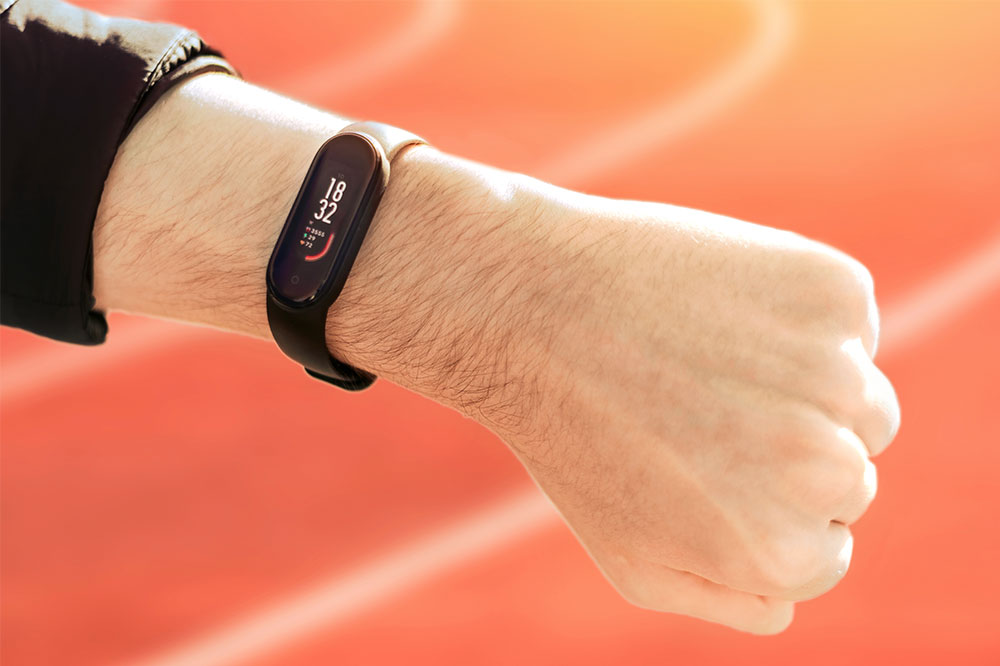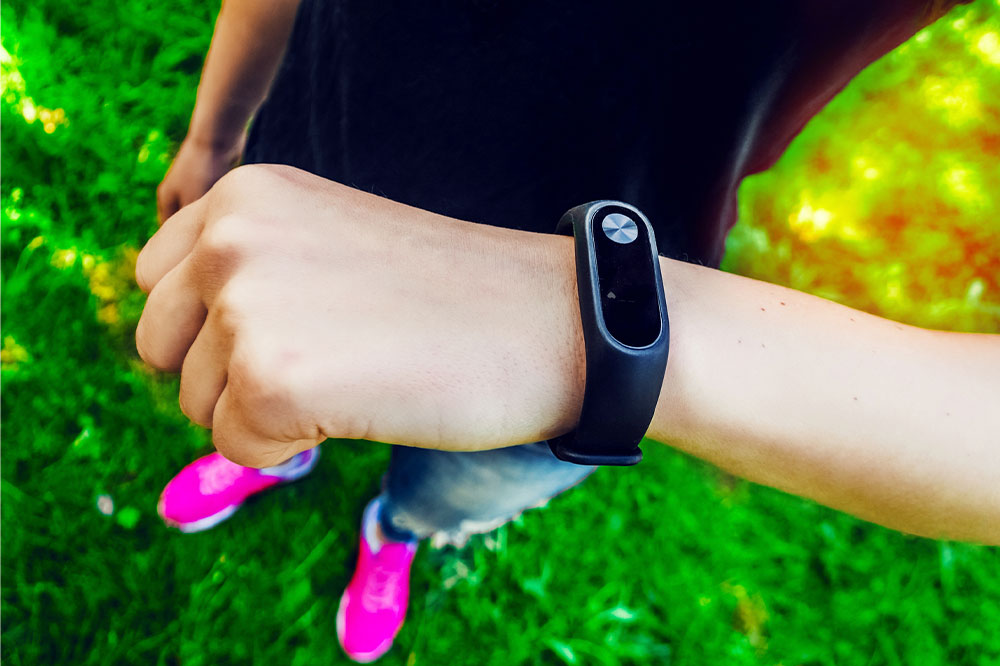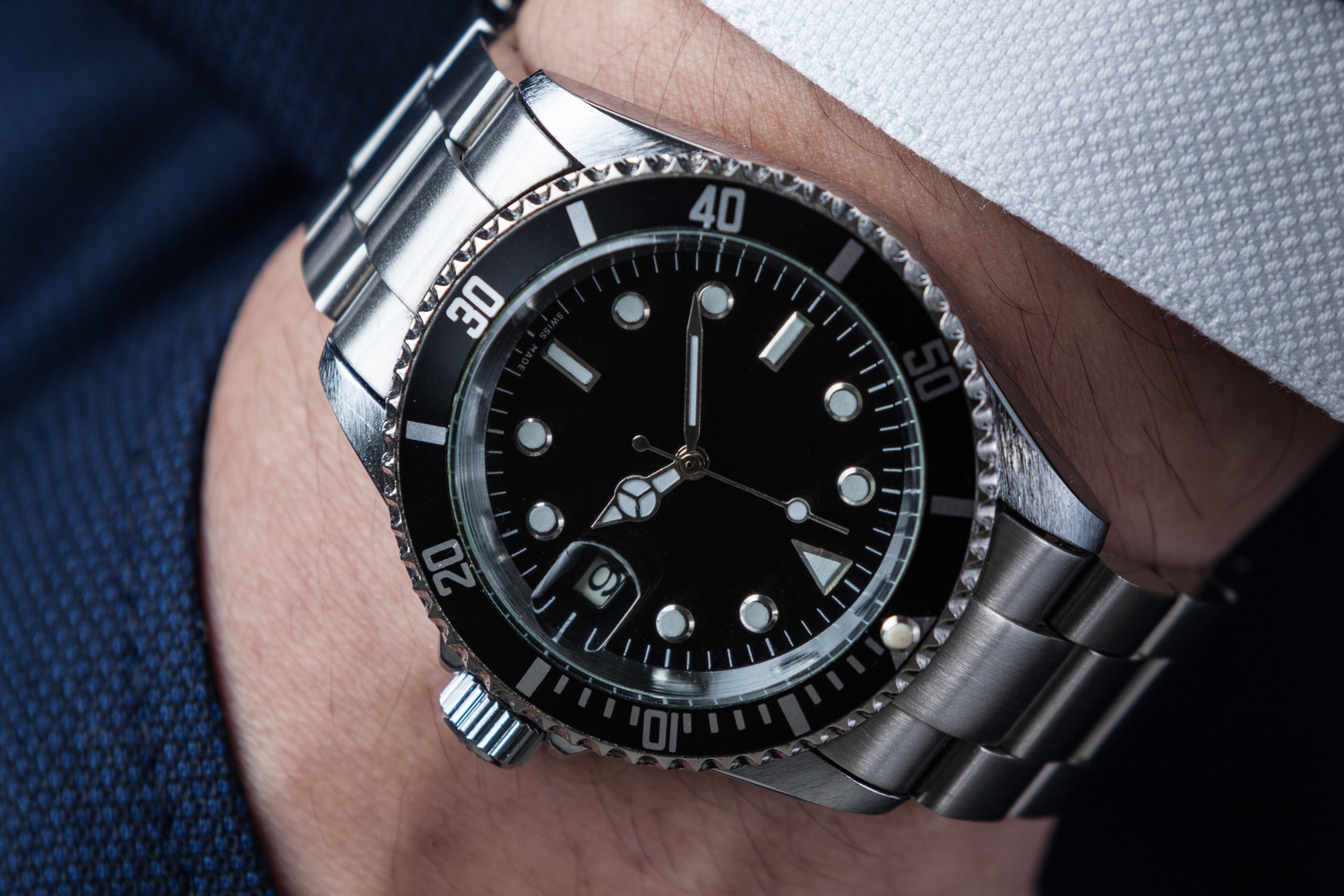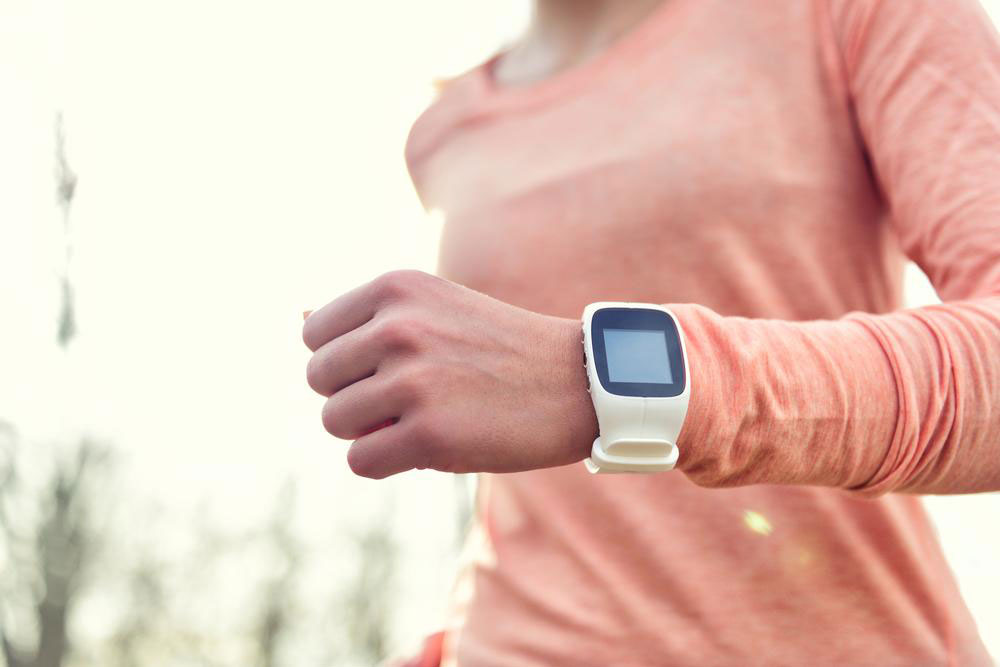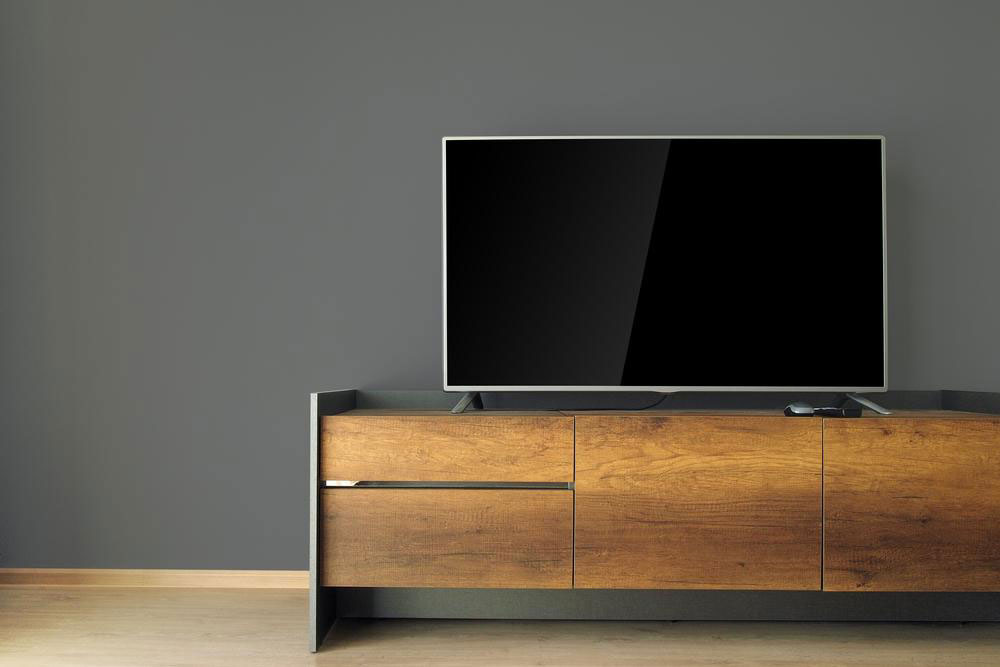Innovations in Modern Wearable Devices
This article explores the evolution of wearable technology from Google Glass to smartwatches and fitness trackers. It highlights key milestones, technological advancements, and industry growth, emphasizing innovations in head-mounted displays and environmentally friendly smart devices. The piece offers insights into market trends, popular products like Pebble, and the future outlook for wearable tech, making it a comprehensive overview for tech enthusiasts and industry watchers.

Innovations in Modern Wearable Devices
In 2012, Google introduced the concept of wearable smart glasses by inviting pre-order customers, known as "Glass Explorers," to select and rank their preferred models during the Google I/O conference. This initiative led to the official launch of Google Glass, designed to deliver interactive information and notifications via a heads-up display integrated into eyewear. The device featured a 5 MP camera capable of recording 720p videos and was activated by voice commands like "OK Glass." Additionally, Google released the My Glass app, along with third-party applications such as the New York Times app, which read articles aloud to users.
By early 2015, Google ceased sales of the beta "explorer edition" due to user feedback criticizing the design and its $1,500 price point. Although optical head-mounted display technology remains relatively niche, smartwatches and fitness trackers have gained widespread popularity. In 2012, ABI Research forecasted that smartwatch sales could reach 1.2 million units by 2013, driven by the proliferation of smartphones globally. Cost-effective MEMS sensors and a diverse product range helped propel this growth, alongside environmentally friendly Bluetooth 4.0 technology supporting a robust app ecosystem.
In 2013, Pebble, a crowdfunded startup, revolutionized the smartwatch industry with its campaign on Kickstarter, raising over $10 million. By the end of 2014, Pebble had sold more than one million devices. The company later secured an additional $20 million for Pebble Time, a next-generation smartwatch launched worldwide in May 2015, continuing its innovative journey.

